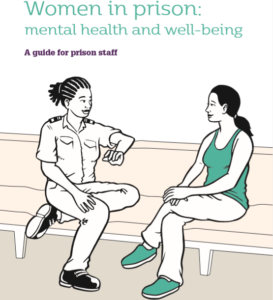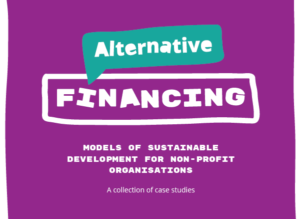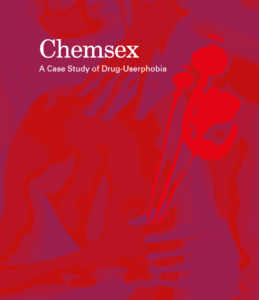COVID-19 cases
— COVID-19 infections in Ukraine are decreasing with 4,741 daily new cases on average. That’s 13% of the peak, which was reported on February 10. However, low rates of testing since the start of the war mean that there is likely to be significant undetected transmission and low vaccination coverage.
— There have been 4,917,757 infections and 107,340 coronavirus-related deaths reported in the country since the pandemic began.
Effects of the war on the COVID-19 pandemic
— “Infectious diseases ruthlessly exploit the conditions created by war,” said Dr. Bruce Aylward, a senior advisor at the WHO. At least 3 major oxygen plants are now closed in Ukraine due to the war, and low oxygen supplies put many people at risk of severe disease. Ukraine has an estimated 1,700 COVID patients in hospital who will probably need oxygen treatment, and there are reports of some hospitals already running out of oxygen.
— Mass displacement of people in Ukraine is likely to increase COVID transmissions. Refugees are particularly vulnerable to severe disease and death in the conditions created by war. Before the war, only 35% of the Ukrainian population had been vaccinated. As millions of refugees are entering Europe, they have better access to vaccination services, but at the same time, fall under the risk of undetected COVID transmissions. At the Polish border, refugees are allowed to enter without coronavirus vaccine certificates, negative PCR tests, or masks. The war has undoubtedly overpowered the COVID pandemic, but it remains “an infectious disease’s best friend”.
— Before the war, Ukrainians had been relatively disciplined about wearing masks inside shops and restaurants and on public transport, but most people seem to have abandoned any protocol. As refugees have crammed on to trains and into station waiting halls, social distancing became impossible and there is barely a mask to be seen amid the crowds. Now, “our enemy is much more frightening.”
— Ukraine’s health system is under the risk of long-term destruction. The risk of polio and measles outbreaks is high. And as health facilities and roads are destroyed, access to diagnostic services and treatments for tuberculosis and HIV/AIDS is being interrupted. According to WHO, it is a real regional crisis, because everything that is happening in Ukraine is also affecting the other countries where people are fleeing.
— Organizations such as Doctors Without Borders (MSF) say they are now mobilizing a general emergency-preparedness response to be ready for potential needs and are working on medical kits for rapid dispatch. The British Red Cross is also in the country, supporting healthcare facilities with medicines and medical equipment as well as providing clean water and helping rebuild the country’s infrastructure. Efforts should be put into vaccinating refugees as they arrive in surrounding countries. But equally important will be the international diplomatic efforts needed to end the war so healthcare systems can rebuild and get back to treating those in need.
Vaccine
Ukraine has administered at least 31,683,310 doses of COVID vaccines so far. Assuming every person needs 2 doses, that’s enough to have vaccinated about 35.7% of the country’s population. However, low rates of testing since the start of the war mean that there is likely to be low vaccination coverage.



